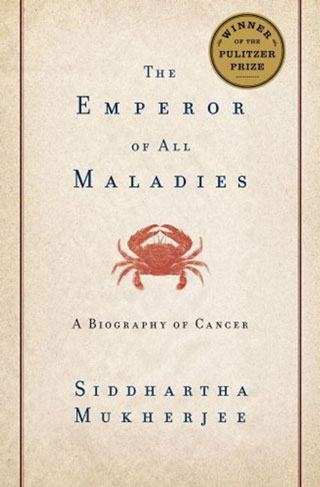The next time you visit a Smithsonian museum, the first greeting you get may come from a gleaming, four-foot-tall android extending their hand. This would be Pepper, one of 25 humanoid robots that were introduced two days ago to six Smithsonian spaces, from the Hirshhorn Museum to the National Museum of African American History and Culture. Donated by their engineers at Softbank Robotics, the platoon of Peppers is intended to enhance the visitor experience and ensure that daily operations run smoothly.
Pepper, which was designed to interact with humans, is the first bot capable of recognizing our emotions. These models already work in an array of industries around the world, serving as receptionists in Belgian hospitals and even as priests in Japan that lead funerary rituals. While the robot has been on display in museums, the Smithsonian now represents the first museum complex to actually use these wide-eyed automata for their services.
“We see them as a new tool for the docents to use, especially since they are always paired with a person,” a spokesperson for Smithsonian told Hyperallergic, noting that the Peppers are “absolutely not replacing docents.”
Softbank Robotics donated the Peppers for an experimental, pilot program intended to help the Smithsonian solve problems, from boosting visitorship to “under-attended galleries” and encouraging greater engagement with artworks. While the robots can provide helpful information by answering commonly asked questions, they can also indulge in more lighthearted activities for which human docents do not always have the time (or patience); visitors can ask Pepper to dance, play games, and even pose for a selfie. While the robots currently do not have captioned speech, the Smithsonian said that it is working to caption images that appear on their screens and “will continue with our software partners to make Pepper as accessible as possible.”
Very cool! I’d like to meet Pepper. You can read and see much more at Hyperallergic.














